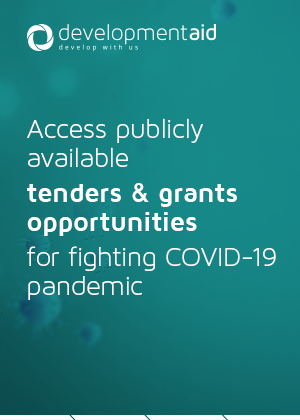Although governments and healthcare managers have poured vast resources into combatting the coronavirus pandemic, first-quarter healthcare spending has actually been falling in some countries. This may seem counterintuitive, but Covid-19 has caused the cancellation or postponement of most non-urgent care, with patients also reluctant to visit hospitals and clinics for fear of contracting the virus.
This drop in healthcare spending is covered in a recently published report by the Economist Intelligence Unit (EIU).
The report claims that in most recessions, healthcare is one of the most resilient sectors. The EIU calculates that in 2009, amid the global financial crisis, healthcare spending in the world’s 60 biggest economies rose by 2.8 per cent in US-dollar terms. This was a sharp slowdown from the growth seen before the crisis, but also a sharp contrast to the 1.8 per cent decline in real GDP. However, the EIU expects this year’s recession to be different. While it forecasts that the global economy will contract sharply in 2020, it expects healthcare spending to fall by 1.1 per cent in US-dollar terms.
This forecast seems counterintuitive, given that this year’s economic downturn has been caused by a healthcare emergency, the coronavirus pandemic. However, while governments and healthcare managers have poured resources and funding into combatting the virus, in many cases they have also cancelled or reduced non-urgent care for other conditions. Patients, meanwhile, are reluctant to go to hospitals or clinics, either because they fear contracting coronavirus, or because they worry about placing an additional burden on healthcare workers. Many hospitals, emergency department and doctors’ clinics report far fewer patients than normal, while visits to dentists are near-impossible in countries experiencing lockdowns.
The European Commission this week proposed country-specific recommendations (CSRs) providing economic policy guidance to all EU member states in the context of the coronavirus pandemic, focused on the most urgent challenges brought about by the pandemic and on relaunching sustainable growth.
The recommendations are structured around two objectives: in the short-term, mitigating the coronavirus pandemic’s severe negative socio-economic consequences; and in the short to medium-term, achieving sustainable and inclusive growth which facilitates the green transition and the digital transformation.
The recommendations cover areas such as investing in public health and resilience of the health sector, preserving employment through income support for affected workers, investing in people and skills, supporting the corporate sector (in particular small and medium-sized enterprises) and taking action against aggressive tax planning and money laundering.
The fiscal CSRs this year are qualitative, departing from the budgetary requirements that would normally apply.
Announcing the publication of the CSRs, European Commission Vice-President for an Economy that Works for People Valdis Dombrovskis said: “The coronavirus has hit us like an asteroid and left a crater-shaped hole in the European economy. This spring semester package has been recast and streamlined to provide guidance to our member states as they navigate their way through the storm. For this immediate phase, our focus is on investing in public health and protecting jobs and companies. As we shift to the recovery, the semester will be essential in providing a coordinated approach to put our economies back on the track to sustainable and inclusive growth – no one should be left behind. We also need reforms to improve productivity and the business environment. Once conditions allow, we will need to strike a balance between achieving fiscal sustainability while also stimulating investment.”
The CSR’s for emerging Europe’s 11 countries can be viewed here: Bulgaria, Croatia, Czechia, Estonia, Hungary, Latvia, Lithuania, Poland, Romania, Slovakia, Slovenia.
The prospect of a second wave of coronavirus infection across Europe is no longer a distant theory, according to the director of the EU agency responsible for advising governments on disease control.
“The question is when and how big, that is the question in my view,” says Dr Andrea Ammon, director of the European Centre for Disease Prevention and Control (ECDC).
“Looking at the characteristics of the virus, looking at what now emerges from the different countries in terms of population immunity – which isn’t all that exciting, between two per cent and 14 per cent, that leaves still 85 per cent to 90 per cent of the population susceptible – the virus is around us, circulating much more than January and February. I don’t want to draw a doomsday picture but I think we have to be realistic. That it’s not the time now to completely relax.”
—
Unlike many news and information platforms, Emerging Europe is free to read, and always will be. There is no paywall here. We are independent, not affiliated with nor representing any political party or business organisation. We want the very best for emerging Europe, nothing more, nothing less. Your support will help us continue to spread the word about this amazing region.
You can contribute here. Thank you.









Add Comment